The Tower of Victory
By: Joe Santacroce
Excerpt taken from the film, “Mansion on the Hill – The Story of Washington’s Headquarters”
In March of 1882 introduced in the House of Representatives was a joint resolution authorizing the Secretary of War to erect a Monument at Washington’s Headquarters along with aid in the expenses related to the 1883 Centennial Celebration. The purpose was defined as to commemorate the proclamation of peace, the disbandment of the army, and other notable Revolutionary events. Appropriated was $10,000 for the monument and $15000 for general purpose expenses for the Centennial. The resolution stated in part:
“To make the land purchases and defray the necessary expenses of the celebration it is estimated that the total sum of $50,000 will be required. A bill is now pending in the legislature of the State of New York for an appropriation by the State of $25,000 more.”
 Courtesy New York Digital Public Library
Courtesy New York Digital Public Library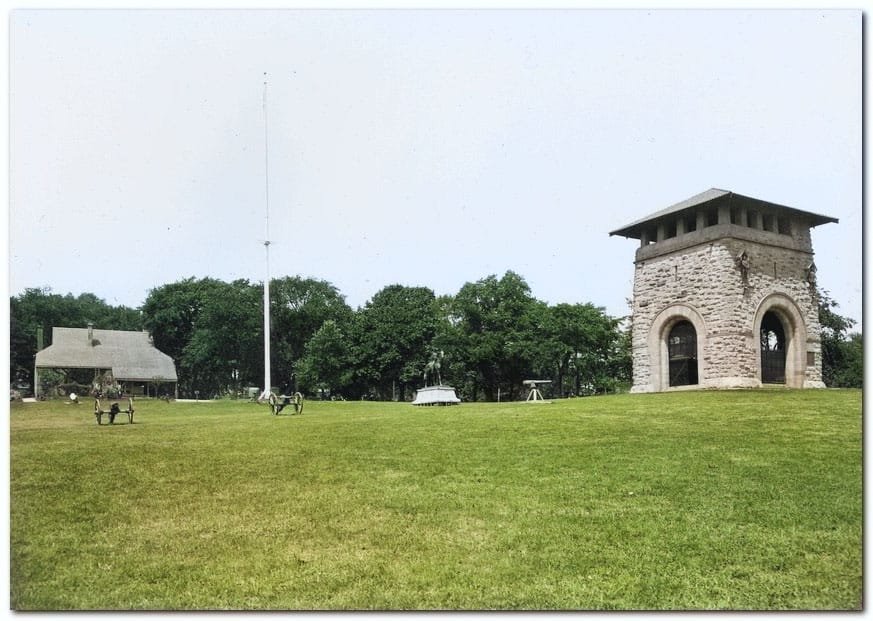 Courtesy NY State Digital Archives
Courtesy NY State Digital Archives Courtesy NY State Parks and Recreation
Courtesy NY State Parks and Recreation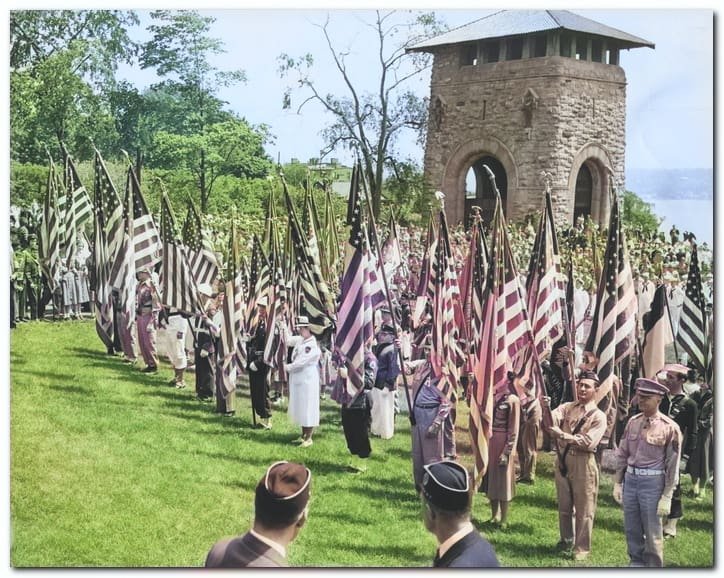 Courtesy NY State Parks and Recreation
Courtesy NY State Parks and Recreation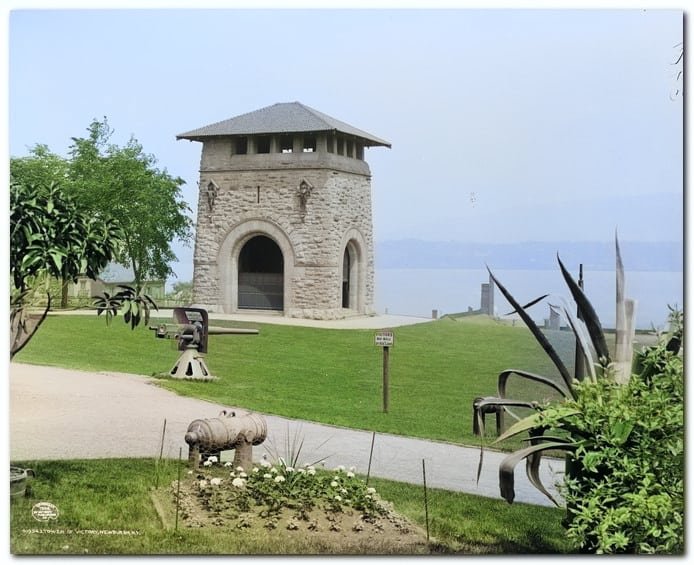 Courtesy Library of Congress
Courtesy Library of Congress Provided by Author
Provided by Author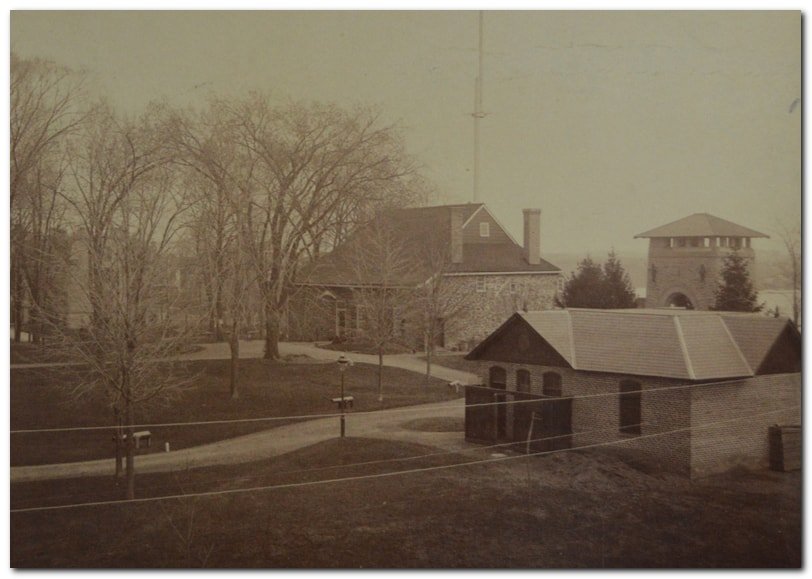 Courtesy Newburgh Historical Society
Courtesy Newburgh Historical Society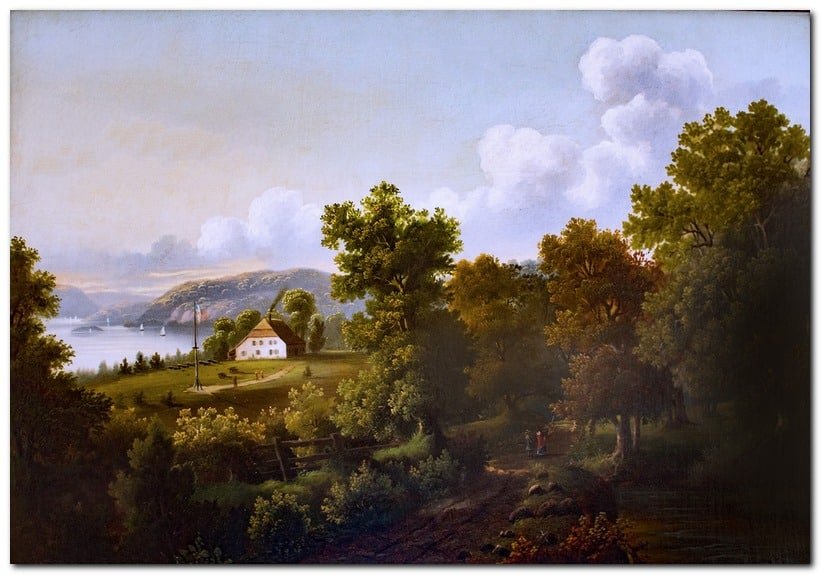 Courtesy Newburgh Historical Society
Courtesy Newburgh Historical Society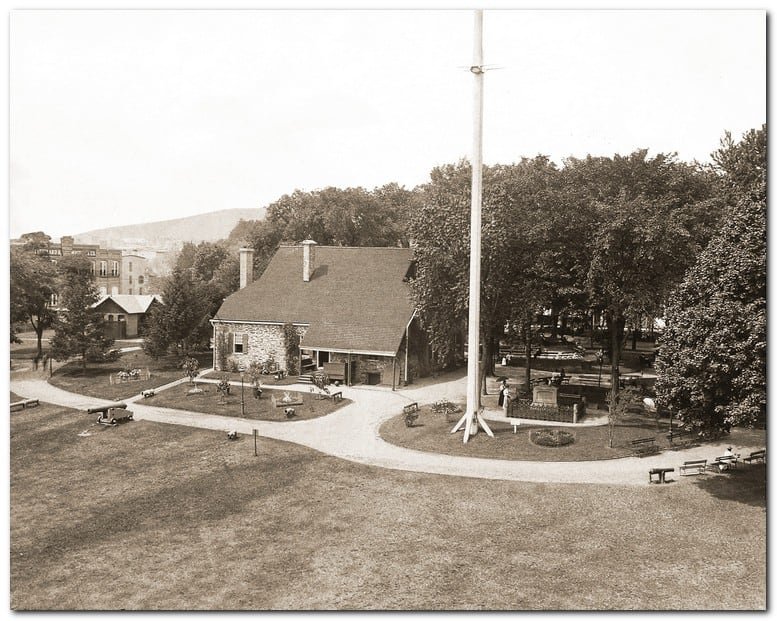 Provided by Author
Provided by Author Provided by Author
Provided by Author Provided by Author
Provided by Author Provided by Author
Provided by Author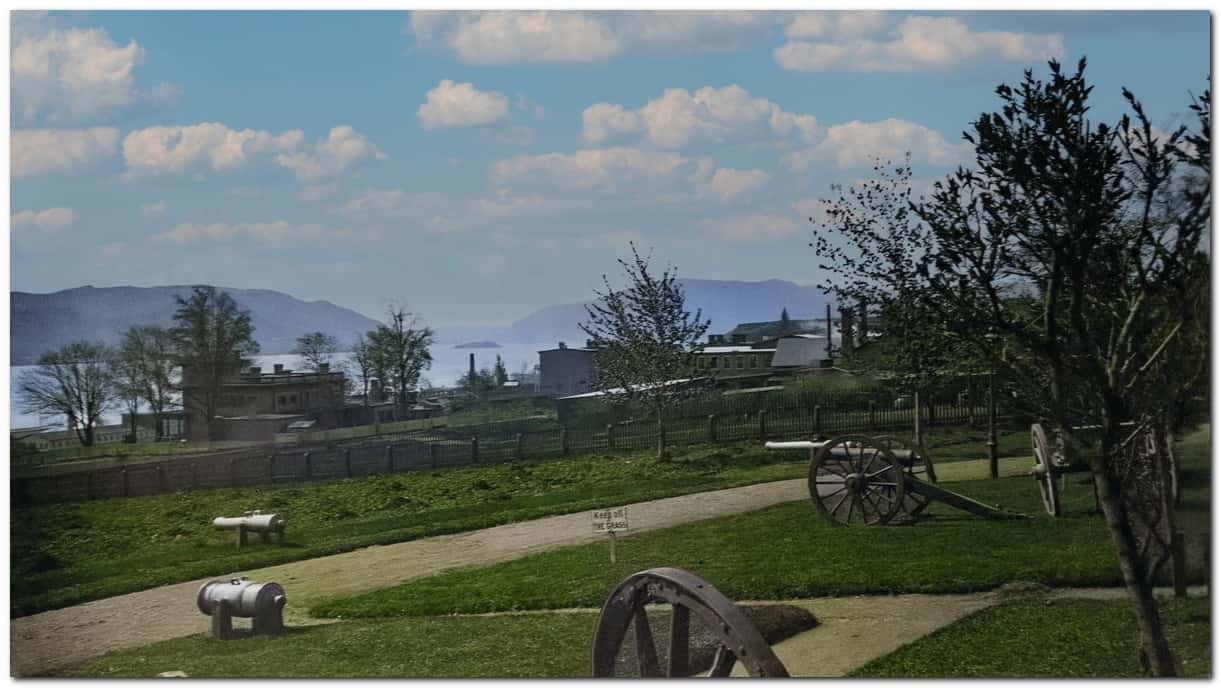 Courtesy NY State Parks and Recreation
Courtesy NY State Parks and Recreation Courtesy NY State Parks and Recreation
Courtesy NY State Parks and Recreation
It was here that Washington refused the Crown after the proposal of a Monarchy in a letter from Colonel Lewis Nicola. It was near here that the Continental Army sunk wooden poles with metal spikes called “Chevaux De Frise” in the river intended to impale the British Ships coming up the river. It was nearby that large wooden poles with steel chains were stretched across the Hudson River to prevent British Ships from making their way North from New York City which they controlled. The Tower is a celebration of these events and more.
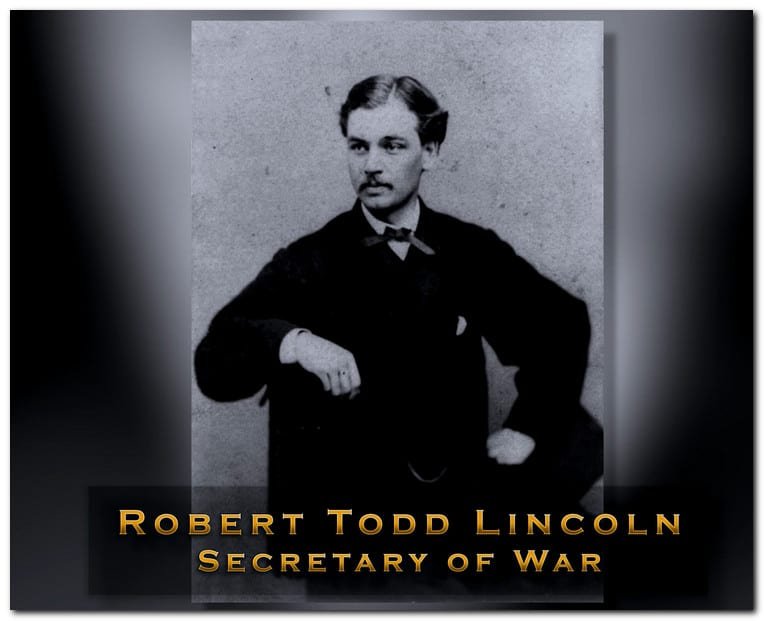
In 1886, three years after the grand Celebration of the 100-year anniversary of the end of the war and the disbandment of the army, work on the Tower of Victory was begun. To this day some consider it an eyesore. Walter C. Anthony, a direct descendant of the Jonathan Hasbrouck family, wrote that he “Deemed it a disfigurement

of the place: and yet we must admit that it is difficult to suggest a monument that would suitably typify Washington’s Characteristics and Achievements”. The Newspapers classified it as an “Incomplete Windmill” or “Miserable Structure”.
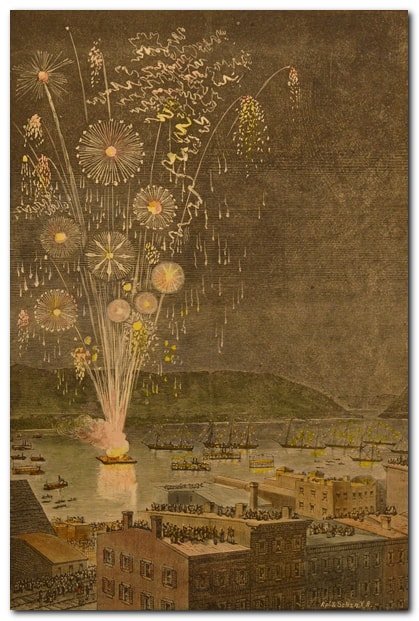
But what would Washington’s Headquarters be like today without the Tower of Victory? It has become a part of the landscape since the late 19th century and is present in so many postcards, family photos, and other memorabilia of the site. Today it would be hard to imagine Washington’s Headquarters without the Tower of Victory.
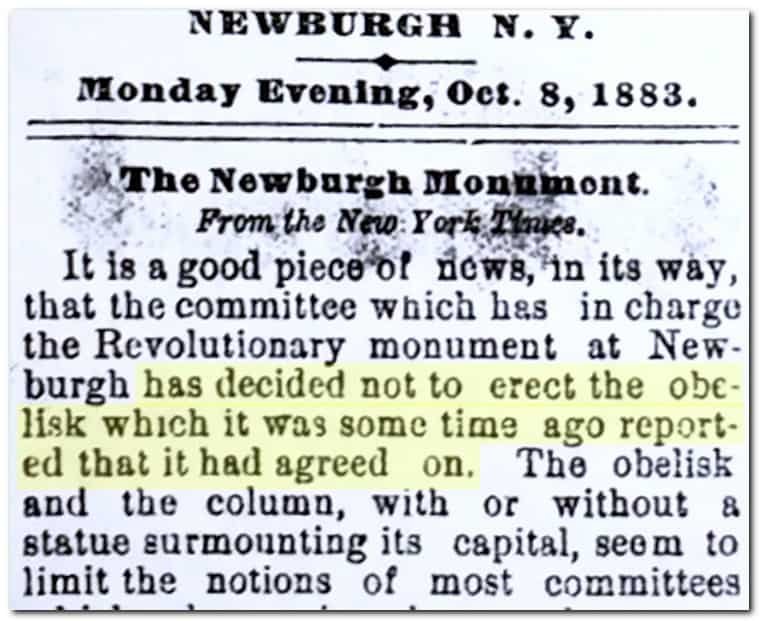 This Newburgh Committee was very busy throughout the summer of 1882 planning for the Centennial. As the Monument would not be ready for the Centennial they had hoped to at least break ground and lay the cornerstone. However, there was considerable criticism from the press and opposition from the citizens of Newburgh over the planned design as an Obelisk. The Trustees of Washington’s Headquarters met in October of 1883 and resolved that an Obelisk would be “incongruous and inartistic” and wished to adopt a design in accordance with Propriety and public taste and opinion.
This Newburgh Committee was very busy throughout the summer of 1882 planning for the Centennial. As the Monument would not be ready for the Centennial they had hoped to at least break ground and lay the cornerstone. However, there was considerable criticism from the press and opposition from the citizens of Newburgh over the planned design as an Obelisk. The Trustees of Washington’s Headquarters met in October of 1883 and resolved that an Obelisk would be “incongruous and inartistic” and wished to adopt a design in accordance with Propriety and public taste and opinion.
In May of 1884, a meeting was held with interested parties and it was agreed to seek designs from known artists. The Secretary of War, Robert Todd Lincoln solicited designs from a number of artists including H. K. Bushe-Brown, a local resident and artist. It was agreed that such a Monument should “be of sufficient proportions to attract the eye of the millions who annually pass up and down the river. And that if the structure to be erected could be surmounted by an accessible outlook it would be a very desirable feature “. Designer Maurice J. Power was chosen as the Designer and John H. Duncan the Architect and Artist. 
The Design was described as “built of native stone, of a rectangular form. The dimensions or ground lines are 37 by 32 feet, with a total height of 53 feet. Four large archways open into the atrium, one on each side. In the center of the atrium, upon a polished pedestal of red granite, will stand a life-size bronze statue of Washington, modeled by the sculptor O’Donovan. From the ground floor, two commodious circular staircases (one for ascent and the other for descent) lead to a belvedere, or open outlook, capable of holding over three hundred persons. “
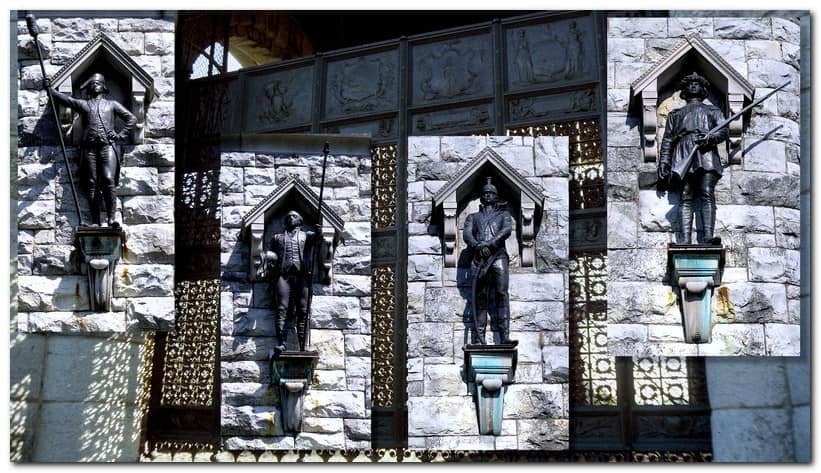
An Iron Tiled roof capped the structure and was supported by columns around the perimeter. Because there was insufficient funding it was decided that available funds would be used to build the monument and artistic tablets and statues could be added later. The Four Bronze gates, Four Bronze Statues, and a Bronze Railing and granite posts cost more than the original $35,000 appropriated for the construction of the Monument. Later, an appropriation bill was passed to secure funds for the Gates and Statues.
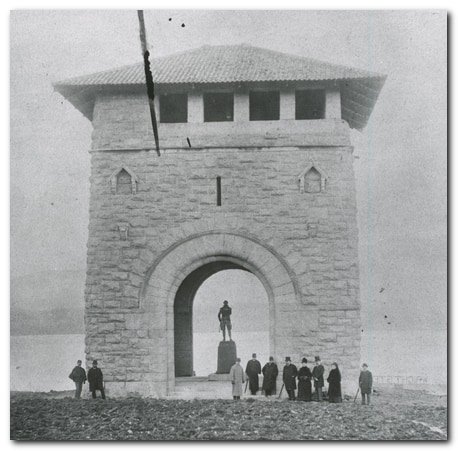
The Tower was not completed until 1887. It was proposed to be a tribute to the end of the Revolutionary War in 1783 and to bring significance to the 1883 Centennial Celebration. Washington’s Headquarters is a Historic Treasure and a view from the River would not be the same without it majestically rising where George Washington spent the longest period of time during the Revolutionary War.
Begun in 2016, and after prior attempts and much recent planning and fundraising, the Tower was under restoration to bring it back to its former glory. In addition to replacing the roof on the tower which was damaged during a storm in 1950 and subsequently removed in the following years, the Observatory has been restored and is now open to the public. Though some criticized it when the Tower was first completed, and have continued to do so over the years, the Tower today is a beloved attraction to the site.

Additional Images provided Courtesy of:
- The Historical Society of Newburgh Bay and the Highlands (aka: The Newburgh Historical Society)
- New York State Parks and Recreation
- New York State Archives Digital Collections
- New York Public Library Digital Collections
Special thanks to Washington’s Headquarters State Historic Site and Mary McTamaney (City of Newburgh Historian)
